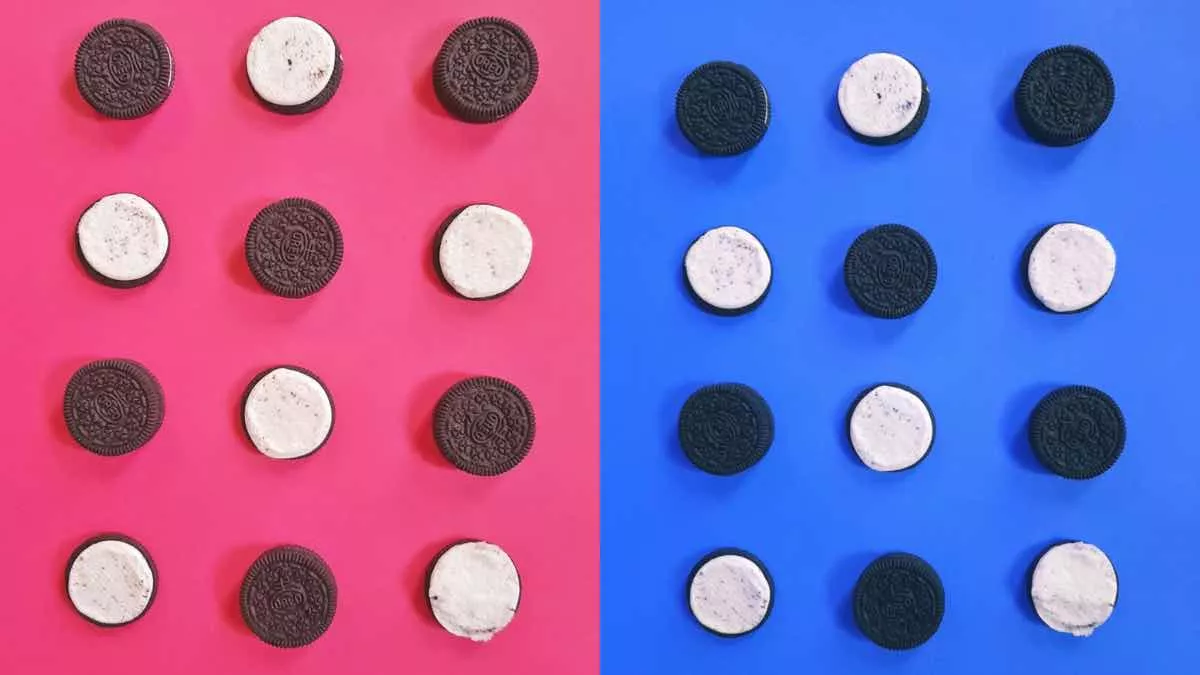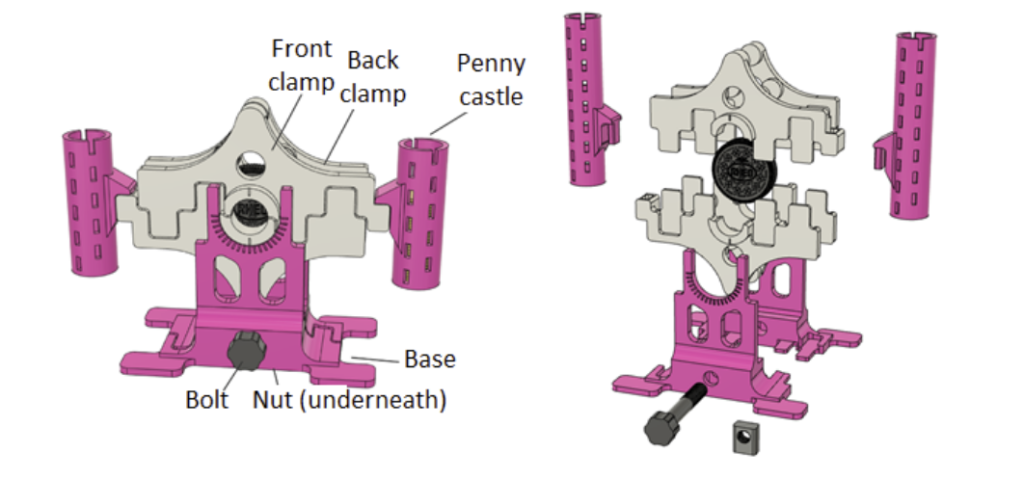This Is Why Oreo Cream Sticks To One Wafer When You Open The Cookie

Mechanical Engineers at MIT developed an MIT Oreometer to study why the cream sticks to one side of the cookie. It was a long experiment that tried to unravel the mystery behind the Oreo cream cookies. They also developed a 3D-printed Oreometer to study the amount of force required to separate the two sides of the cookie.
MIT Oreometer
MIT Engineers developed a device called the MIT Oreometer to study the force required to pull apart an Oreo cookie. The team shared the design of the Oreometer which could be a cost-effective tool for researchers to explore rheology.
For the uninitiated, rheology is the branch of physics that deals with the deformation and flow of matter, especially the non-Newtonian flow of liquids. Oreometer’s 3D designs are available on GitHub for free. Anyone interested in Fluid Mechanics can print the designs and use them to conduct tests on the Oreo cookies.
The GitHub post also explains the methods to use the 3D-printed Oreometer to study Fluid Mechanics. After putting together the printed parts, researchers need to stack the two penny holders on either side. After that, they need to stack pennies one by one and measure the force needed to split the cookies apart.
Sometimes, the cookies can even separate using one penny, if they are deformed or sitting in the Oreometer for a longer period of time.

Why do researchers need to study Oreo cookies?
Owens, a researcher who conducts rheology experiments regularly says, “Scientifically, sandwich cookies present a paradigmatic model of parallel plate rheometry in which a fluid sample, the cream, is held between two parallel plates, the wafers. When the wafers are counter-rotated, the cream deforms, flows, and ultimately fractures, leading to separation of the cookie into two pieces.”
The structure of the cream in Oreo cookies is a ‘soft-solid” in scientific terms. It doesn’t deform unless someone applies external pressure, which is why it is a peculiar material to study rheology. The team went through 20 boxes of Oreo cookies of different shapes and sizes with the MIT Oreometer.
But the results were always the same. The cream stuck to one side of the cookie whenever it was pulled apart. The researchers claim that the manufacturing process of Oreo cookies may be the reason behind this anomaly.
Machines apply the cream on one side and then place another side on top. This action makes the cream stick firmly to the bottom part of the cookie. One more reason for the Oreo cookies splitting apart with cream on one side is their smooth surface. Oreo cookies have a smooth inward surface that doesn’t grip the cream firmly. Nevertheless, the MIT Oreometer designs are available to download here, if you want to try them out.





